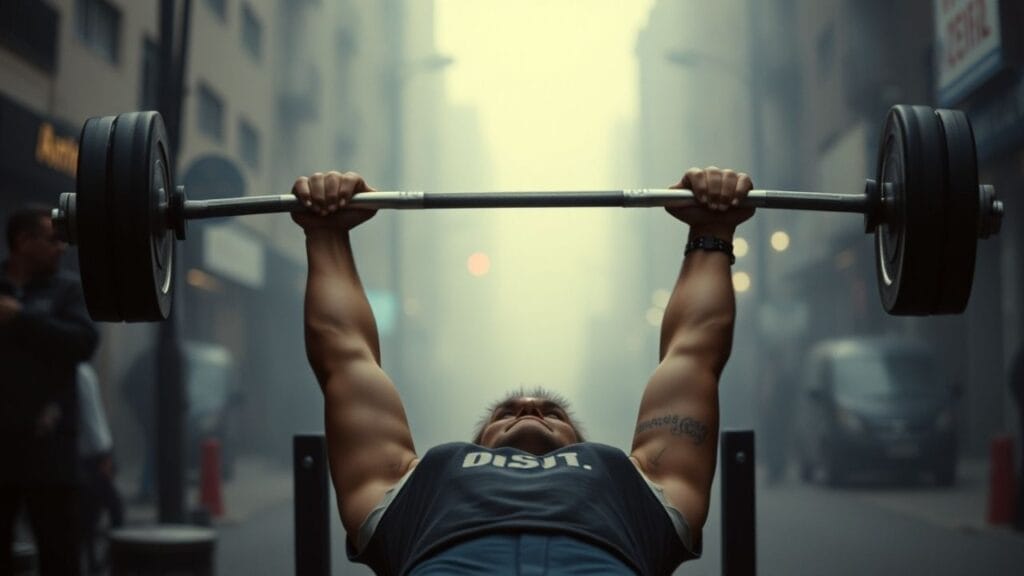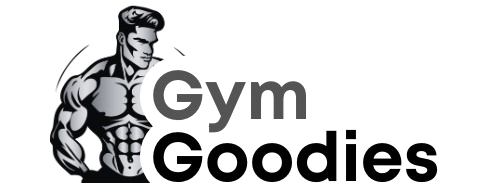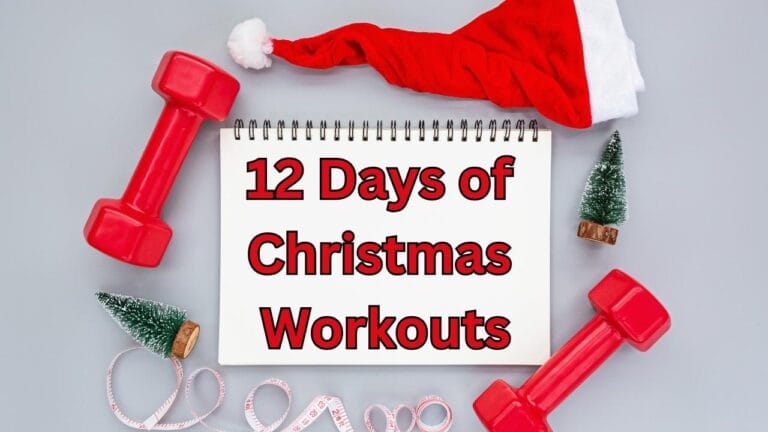Do Men with Shorter Arms Have an Advantage when Bench Pressing?

The short answer? Yes, shorter arms can give you a biomechanical edge in bench pressing (Livestrong), but it’s not the whole story. If you’ve ever watched a powerlifter with compact arms hoist staggering weights and wondered, “How?!”, this article breaks down the science, myths, and techniques that explain why limb length matters, and how to maximize your press regardless of your anatomy.
Genetics plays an important role in many sports. For example, you are best suited for basketball if you are tall. This is not the case if you are short; you can not play basketball, but a tall person can have an advantage over a short person. If your arm length is long, you are considered best in boxing because of your reach. You can reach faster than your opponent, an additive advantage in that sport. Your bench selection is also essential to achieve a better level of bench pressing because it helps you focus on specific muscle types.
As a strength coach, I’ve seen how arm length dramatically impacts performance. One of my clients, Jake (5’6″ with a 5’2″ wingspan), struggled for years to bench 225 lbs, until we adjusted his technique to leverage his shorter arms. Six months later, he hit 315 lbs. But here’s the twist: another client, Marcus (6’2″ with long limbs), eventually out-benched him by optimizing his unique leverages. Let’s dive into why this happens and how to work with your body, not against it.
Biomechanics 101: Why Shorter Arms Give a Pressing Advantage
Shorter arms reduce range of motion (ROM), allowing you to move heavier weights with less mechanical effort.
Think of bench pressing like pushing a car: if the car is 5 feet away, you’ll generate more force than if it’s 8 feet away. Similarly:
- Shorter arms = shorter bar path (typically 10–12 inches vs. 14+ inches for longer arms)
- Less time under tension per rep (a 2024 Journal of Strength and Conditioning Research study found a 15–20% ROM advantage for lifters with shorter humeri)
- Stronger lockout position (shorter arms place joints in more mechanically efficient angles at the top)
But here’s what most miss: While shorter arms help move more weight, longer arms excel in muscle activation (more stretch under load). This explains why bodybuilders often have longer limbs, but we’ll debunk that myth later.
The Hidden Factor: How Your Torso Shape Changes Everything
Your arm-to-torso ratio matters more than arm length alone.
A 2023 Sports Medicine meta-analysis revealed that lifters with:
- Short arms + short torso = Best for pure weight moved
- Short arms + long torso = Need arch adjustments to compensate
- Long arms + short torso = Can mimic shorter ROM with proper setup
Actionable Tip: Measure your sternal notch-to-bar distance at chest contact:
- <6 inches? You’re likely ROM-advantaged.
- >8 inches? Focus on scapular retraction and leg drive (more below).
Myth Debunked: “Long Arms Are Bad for Bench Press”
Long arms aren’t a disadvantage, they’re just different.
While shorter arms lift heavier in competition, longer arms:
- Recruit more pectoral fibers (greater stretch at the bottom)
- Excel in hypertrophy (study: European Journal of Applied Physiology, 2025)
- Can equalize ROM with technical adjustments (e.g., wider grip, higher arch)
Visual Cue: Imagine your arms as levers—shorter levers lift heavier, but longer levers create more tension.
Step-by-Step Fix: Maximize Your Bench in 8 Weeks
Follow this protocol tailored to your arm length:
Phase 1: Technique Optimization (Weeks 1–2)
- Short arms: Use a closer grip (pinky on ring marks) to maximize triceps engagement.
- Long arms: Widen grip (index on smooth ring) + elevate feet to reduce ROM.
Phase 2: Strength Building (Weeks 3–6)
- Short arms: Heavy triples at 85% 1RM with 2-second pauses.
- Long arms: Volume work (5×5 at 75% 1RM) with eccentric focus.
Phase 3: Peak Performance (Weeks 7–8)
- All lifters: Incorporate board presses to train your weakest ROM segment.
Key Takeaways
Shorter arms = biomechanical advantage (shorter ROM, stronger lockout)
Torso length modifies this effect—measure your sternal-notch distance
Long arms excel in muscle growth with the right technique
8-week program adjusts for your unique leverages
Final Thought:
Your arm length isn’t a limit, it’s a blueprint. As elite powerlifter Jen Thompson (5’4” with short arms) once said: “Leverages decide your starting point; effort decides your finish line.”
Disclaimer:
It should be remembered that the information available at gymgoodies.net is constantly evolving and is up-to-date and authentic information on fitness, exercises, and health.
I am a veteran bodybuilder, considering I have been active in the industry for quite some time. I ensure that the content shared reflects the lessons I have learned in my years of training and working or all the exposure I have had.
That said, it must be understood that the information available on this portal is obtained through communication channels and is primarily for education and information. Some factors and changes occur, and the issues discussed in this website address such things.
Every piece of advice regarding fitness or health should be taken with caution.
You might need the assistance of fitness professionals, nutritionists, or doctors regarding your workout routine, diet, or fitness activity. Their advice should be personalized PPC, the guide you integrate into your routine, taking into account your specifications and requirements regarding your health and fitness.
This is key, considering our concern is your health and safety. Make sure you only use the data on the site to empower expert advice and nothing more.



